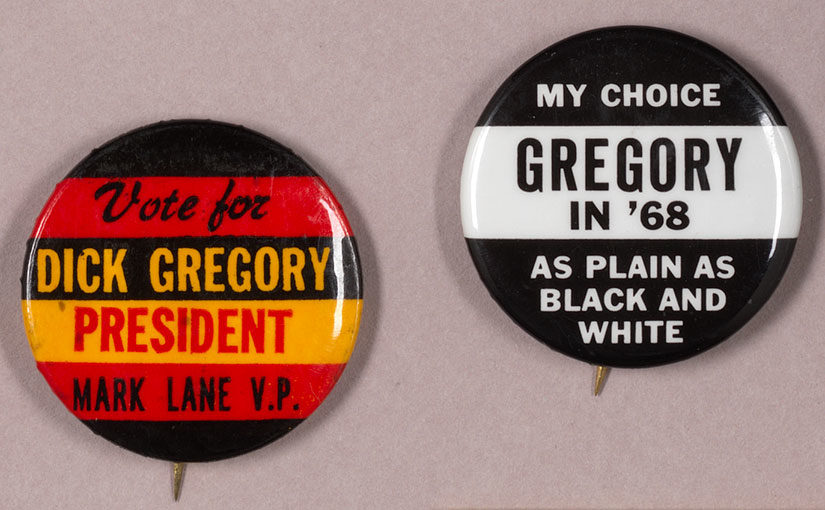by Rachel Bohlmann, American History Librarian and Curator and Erika Hosselkus, Curator, Latin American Collections
Museums, special collections, and archives acquire materials in a variety of ways, most commonly through donation and purchase. Hesburgh Libraries is no exception.
Last fall, students in the multi-disciplinary class, Stories of Power and Diversity: Inside Museums, Archives, and Collecting, created acquisition proposals for Hesburgh Libraries. Class members were asked to put themselves in the shoes of curators and select materials that would develop the library’s collection in diverse and inclusive ways. The formats of prospective purchases were left fairly open; students could consider a wide range of types of materials–from books to manuscripts to posters and even artifacts (realia). As an incentive (and as a gesture to how libraries and archives compete for and manage resources), the most deserving proposal (determined by class vote) would be purchased, placed in the library’s collections, and featured on the library’s social media (this blogpost!).
Students searched vendor websites and online catalogs and considered some of the following questions.
- How complete is this item or collection? Are there significant gaps or pieces missing?
- If a collection of photographs, are they identified or identifiable, in terms of locations, dates, names of people?
- If it is a printed item (a book, posters, pamphlet), how rare is it? (Use WorldCat.)
- Does HL already own it? (Check the library catalog, ask librarians/instructors.)
- If the item is a manuscript (not printed or published), does the library hold related items?
- What might be the research value? How might researchers (in different disciplines–history, gender studies, art history, etc.) make use of this item(s)? What perspectives does the item convey? What can we learn from it?
The students presented their proposals in class and discussed some of the challenges and satisfaction they discovered along the way. Timi Griffin, who assembled a small but significant collection of printed materials and realia from different vendors about Civil Rights activist, presidential candidate, and comedian Dick Gregory, won the class’s vote for best proposal. Congratulations Timi!
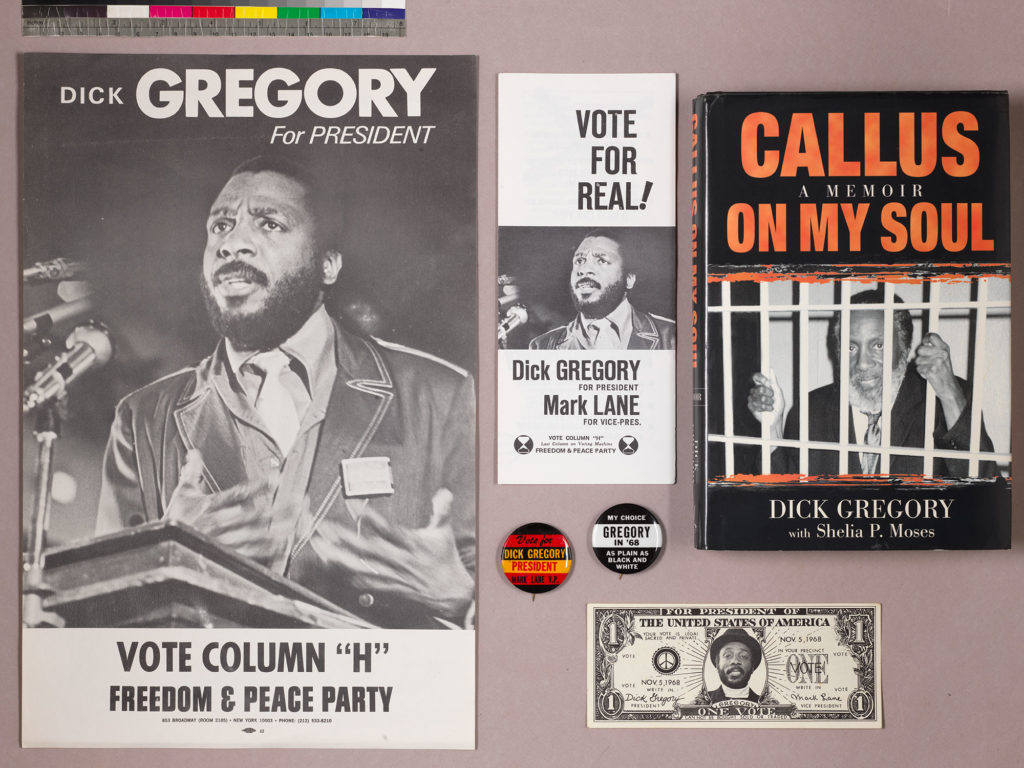
Timi argued that the library should purchase items relating to Gregory’s 1968 presidential campaign, including a poster, flier, buttons, and fake dollar bills with the candidate’s portrait in place of Washington’s, and a signed copy of his 2000 memoir. Taken together, the items contextualize Gregory’s activism and prominence in the Civil Rights movement and American culture and politics in the last decades of the twentieth century.
The students’ presentations showed that they had taken seriously the assignment’s task of strengthening diversity and inclusion in the collections. Rare Books and Special Collections decided to purchase all of the items they proposed adding to the collections. These are:
–a 1914 photograph of the Hampton Normal and Agricultural Institute Football Team, an African American school in Hampton, Virginia.
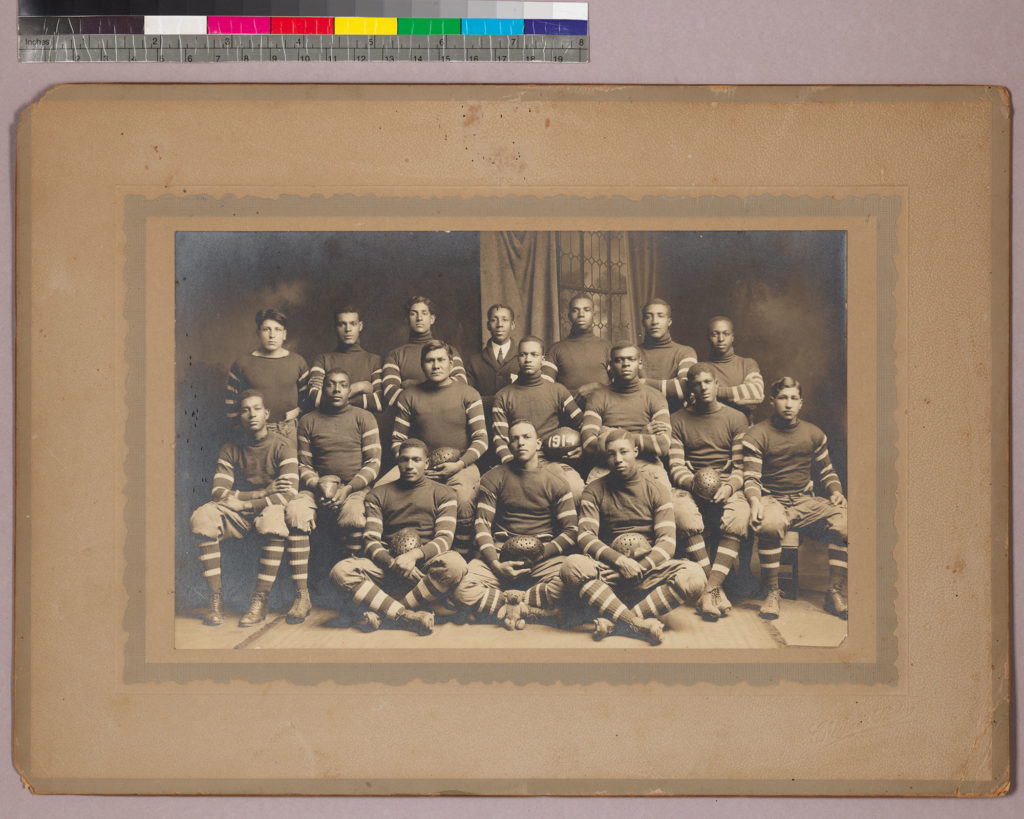
–a signed, fine press copy of the first chapter of Margaret Atwood’s The Blind Assassin with an original print by Yoko Ono; created to raise funds to fight AIDS in Africa (2008).
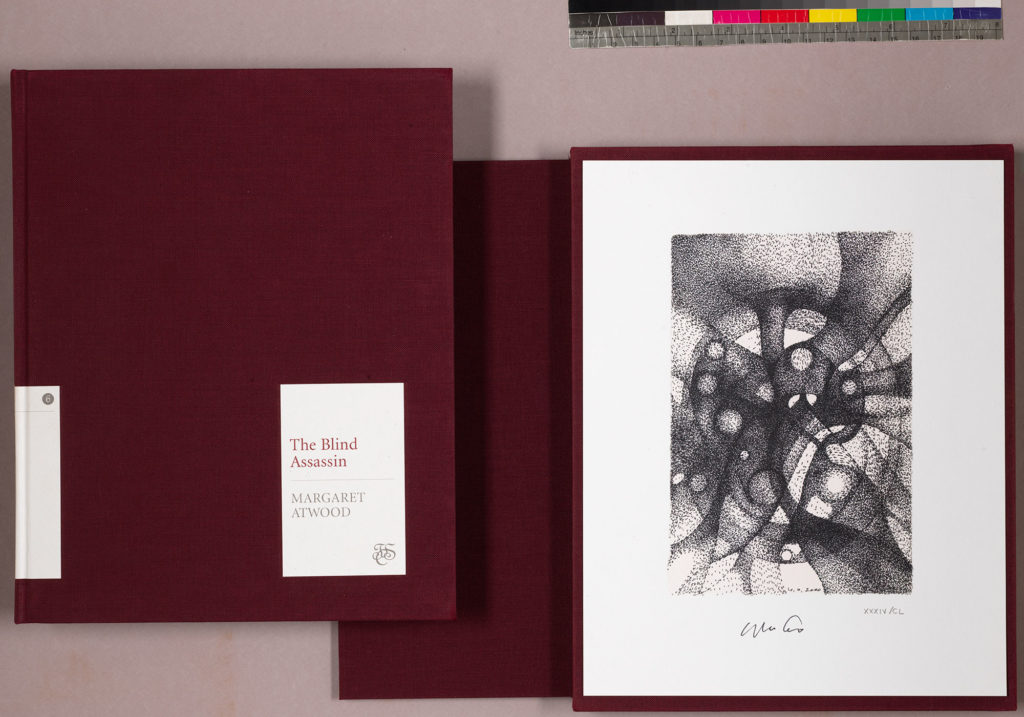
–an issue of Black Fire, the newspaper of the Black Students Union at San Francisco State University from 1969.
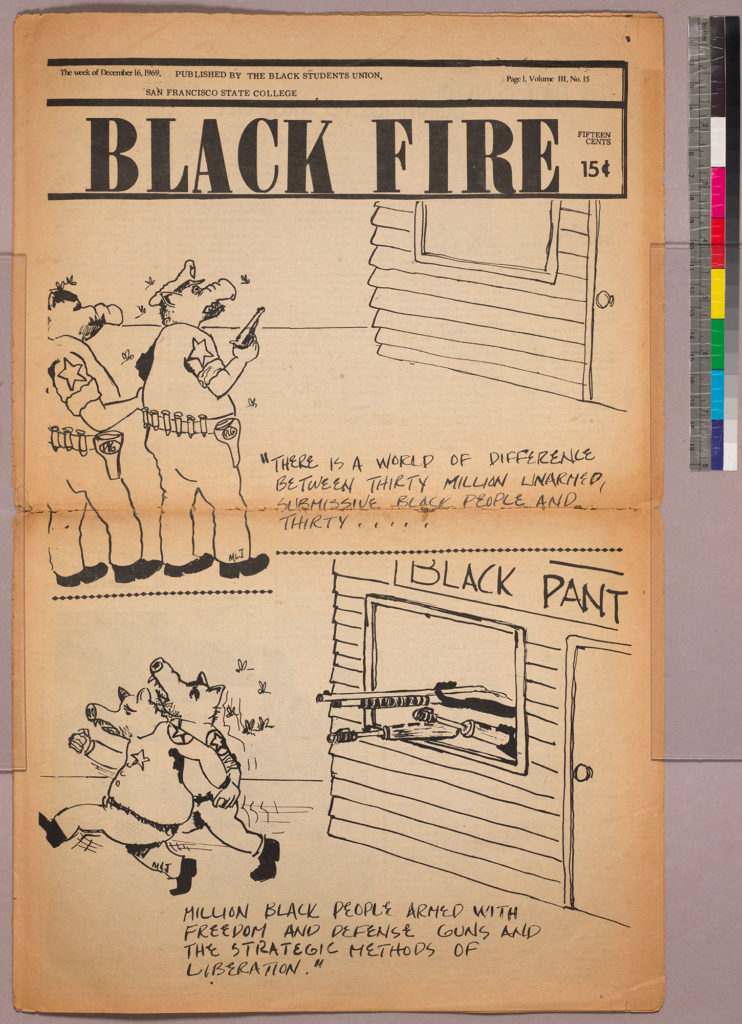
–a collection of nine mid-century lesbian pulp fiction paperbacks and reprinted novels, and a related work.
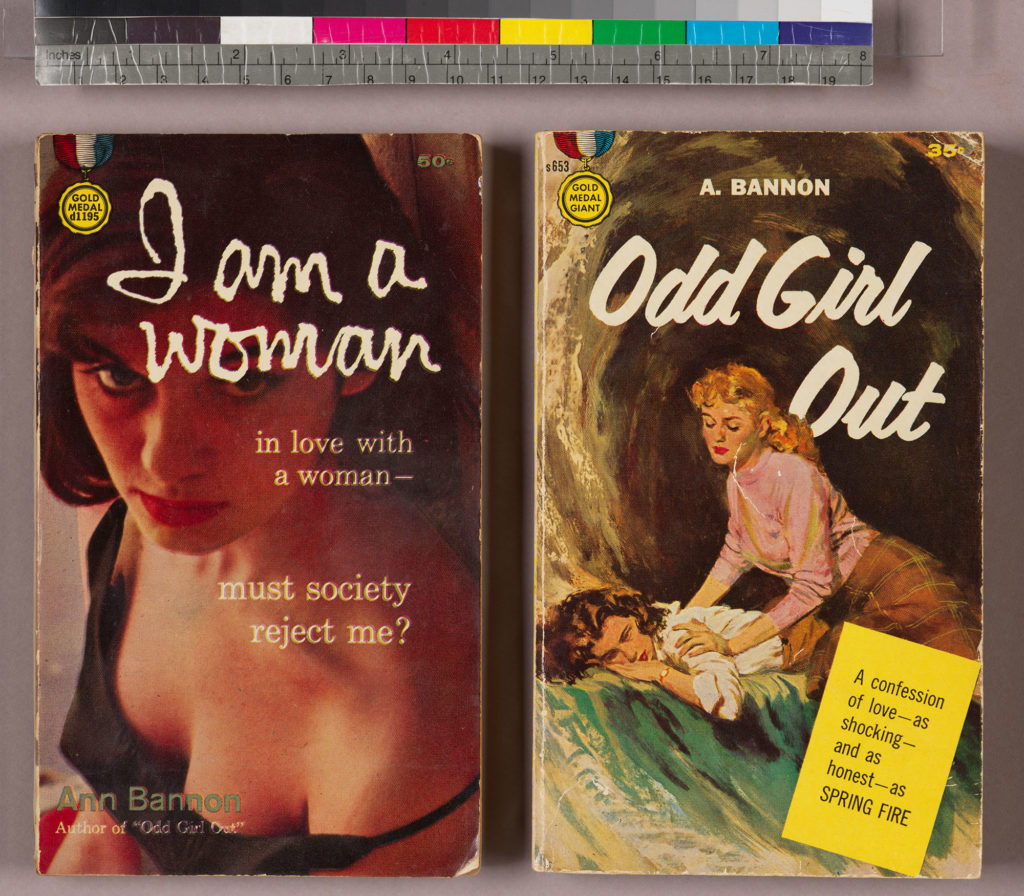
–an album of photographs, probably by an American, of the Pacific and South-East Asia, including Hawaii, Japan, the Philippines, Ceylon, India, and the Himalayas, circa 1905.
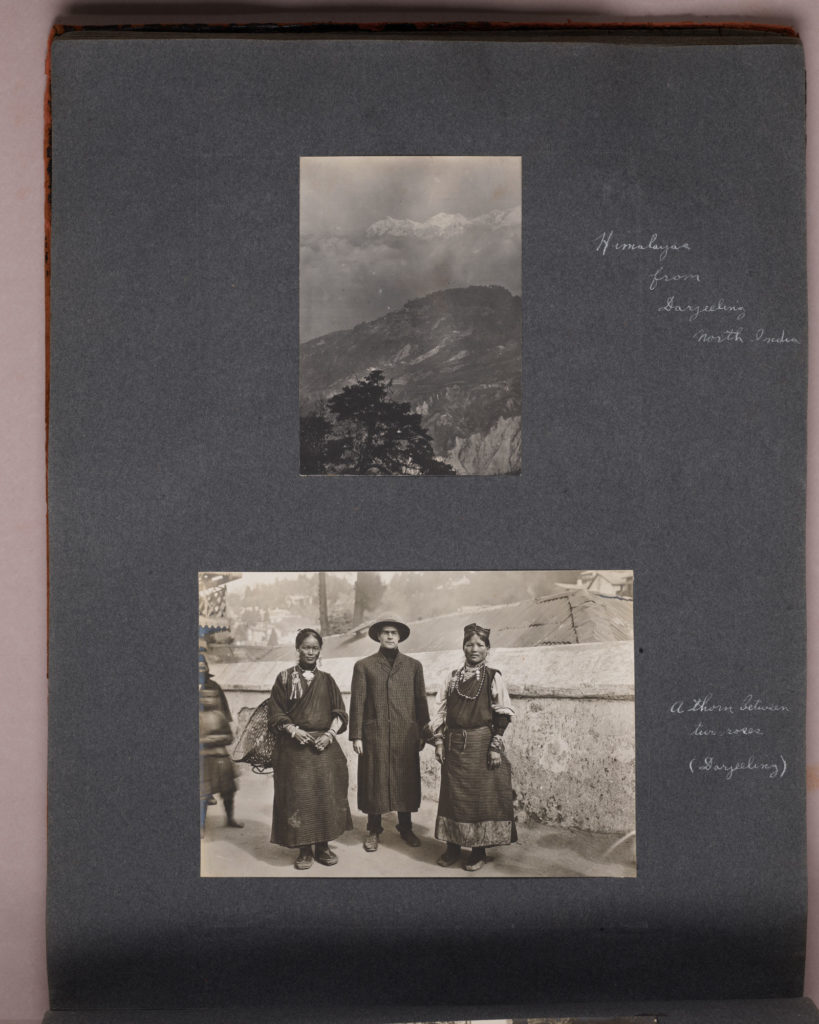
“a thorn between two roses”
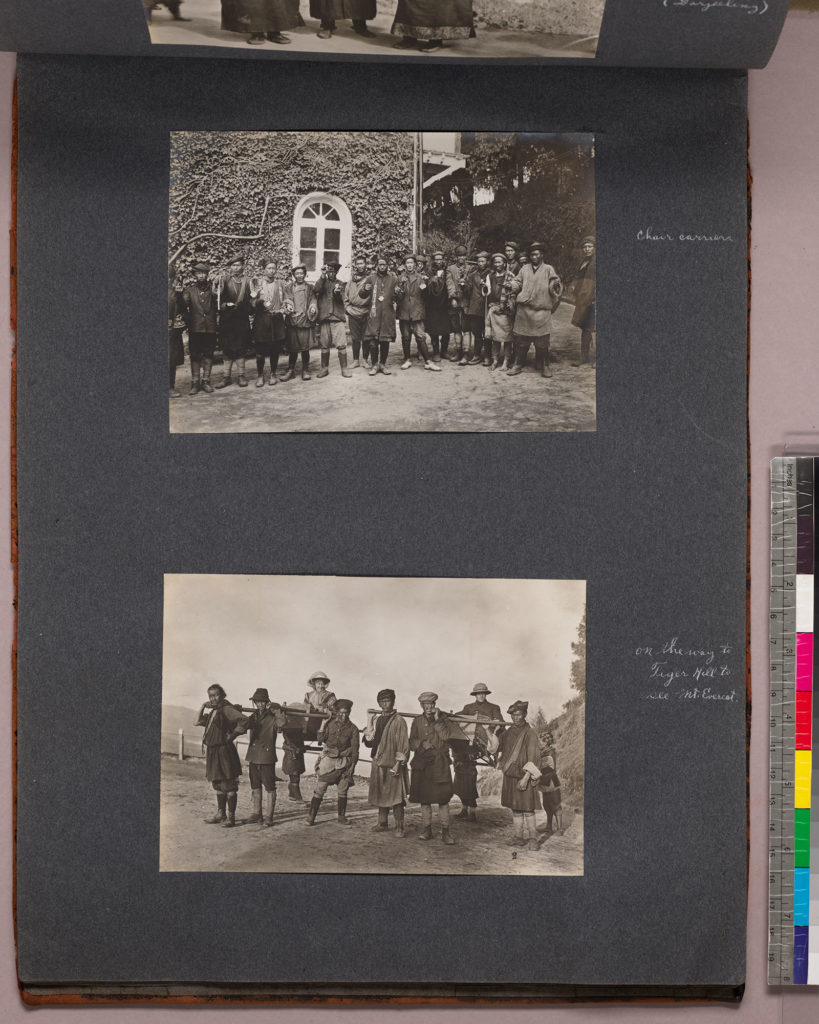
“on the way to Tiger Hill to see Mt. Everest”
–diaries of Thaddeus Hayes of Connecticut, created between 1795 and 1803.
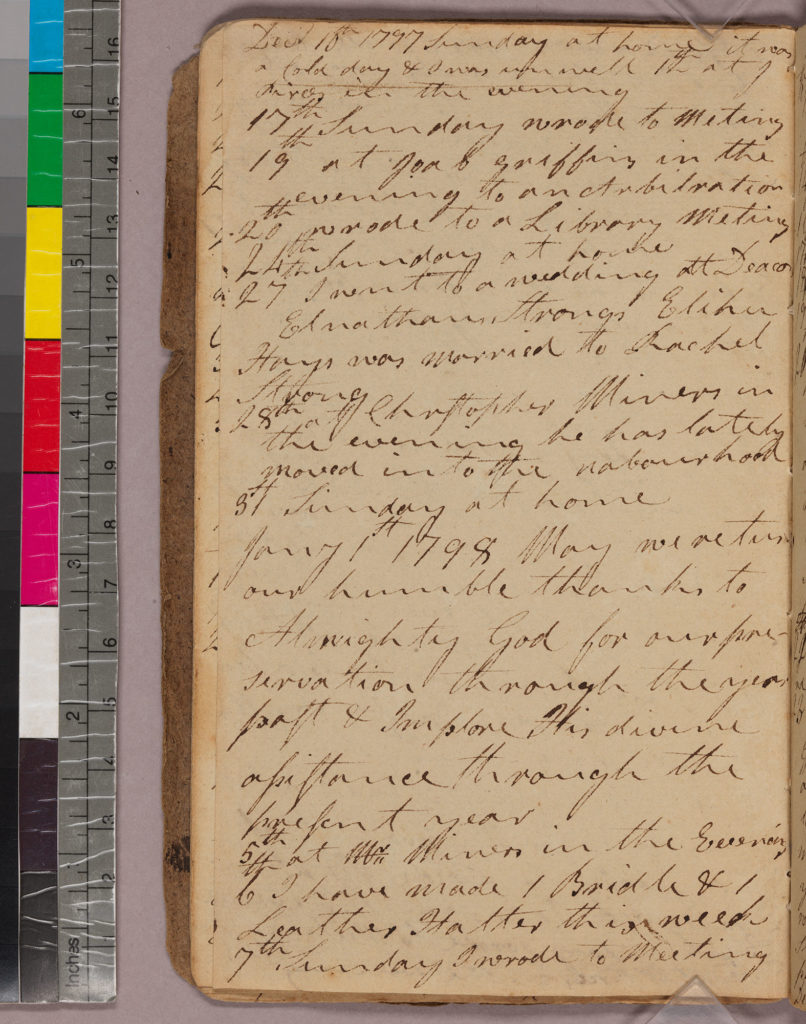
–two photographic essays about Japan by W. Eugene Smith and associates: Japan–a Chapter of Image (1963) and Minamata : Life – Sacred and Profane (1973).
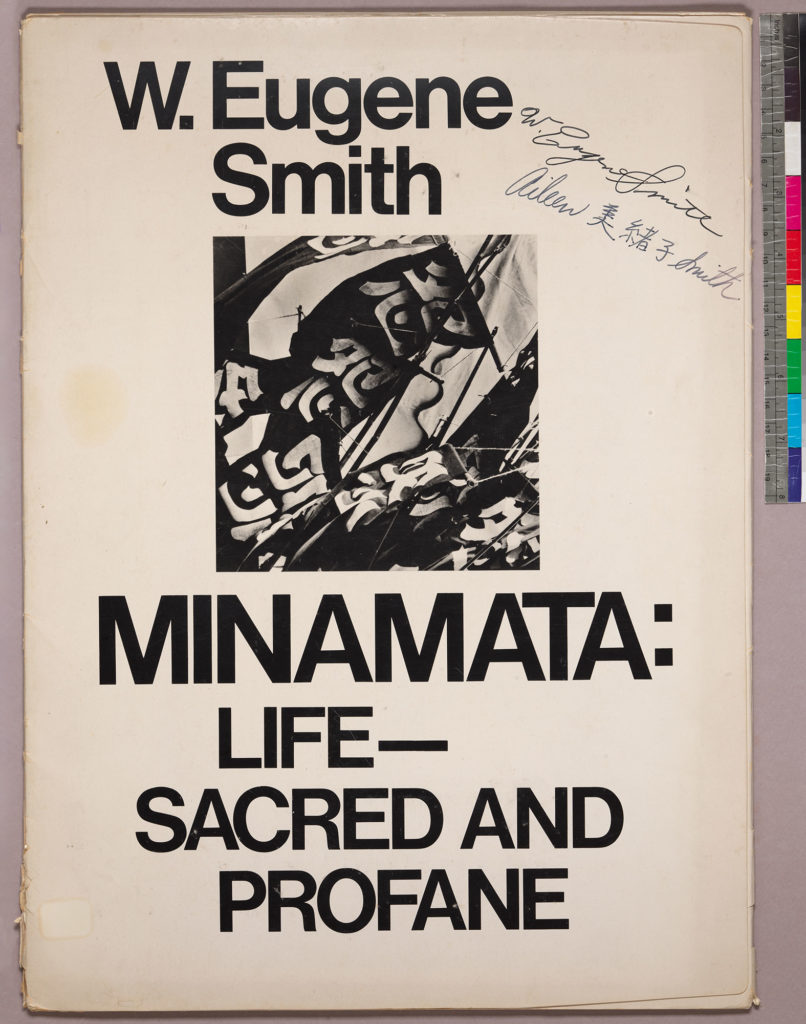
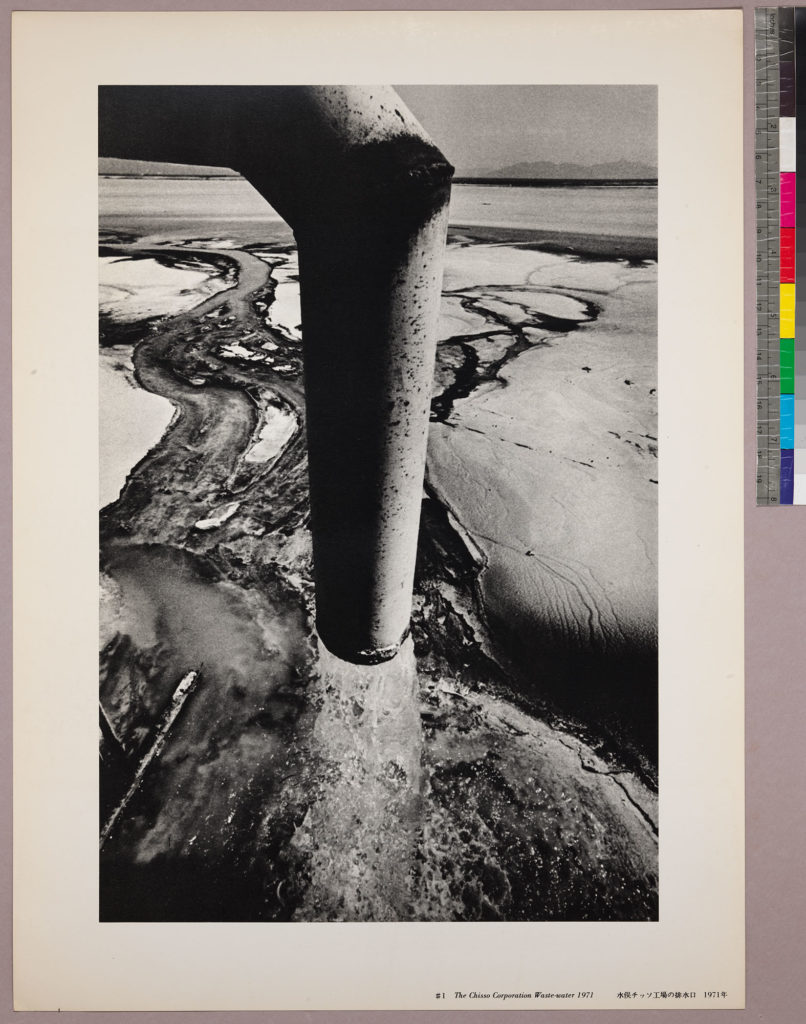
These new acquisitions are welcome additions to the library’s special collections, adding particularly to sources about Southeast and East Asia, and materials created in the last 30 years. The collections need to be strengthened in all of these areas. The newly-purchased materials are currently in the process of being cataloged, organized, and housed so that they can be accessed and used by present and future generations of library users.
